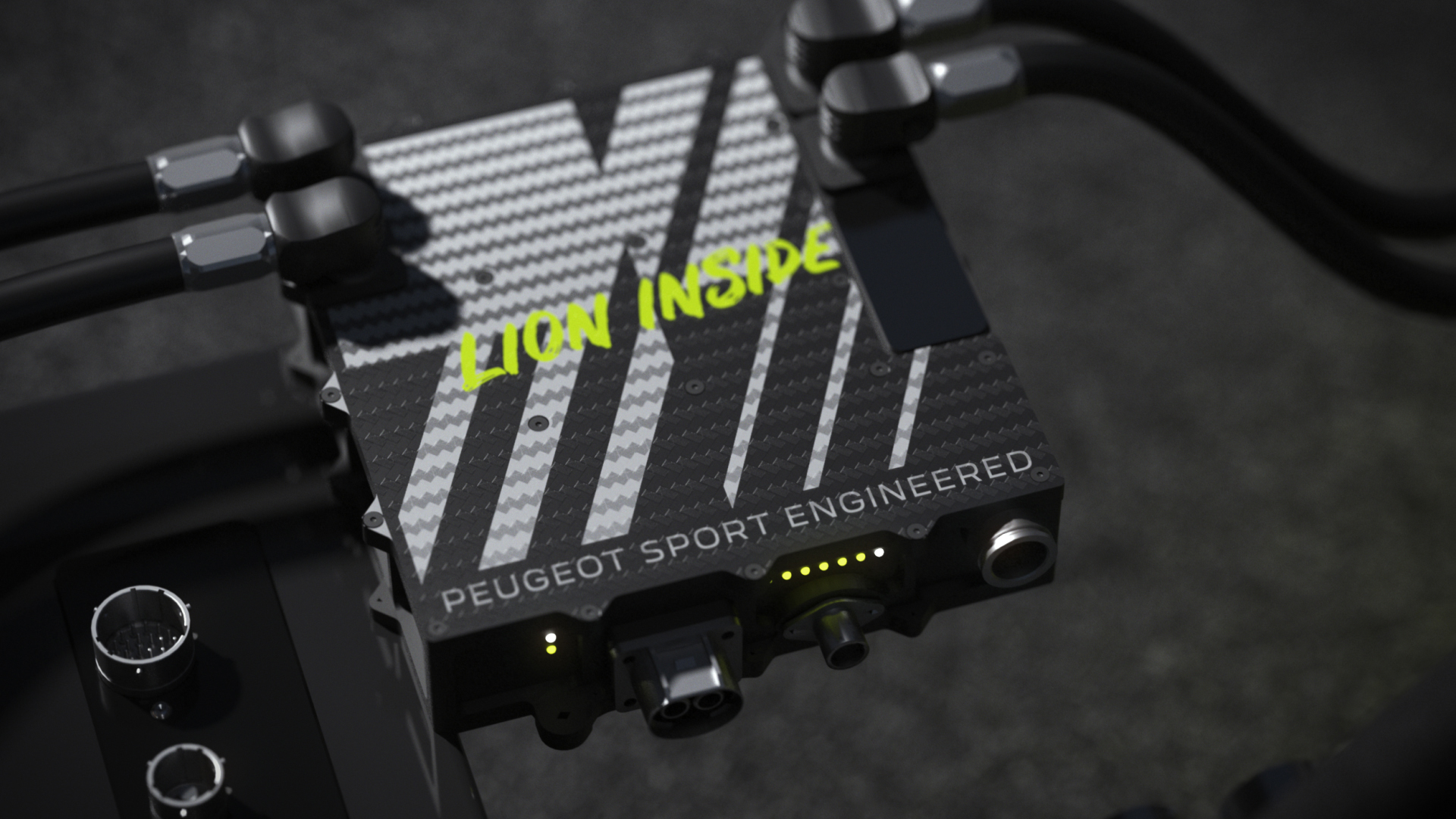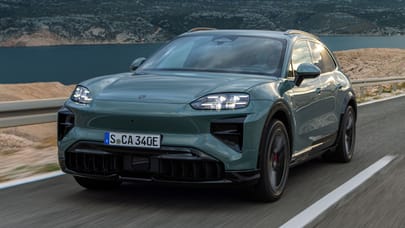
Peugeot's new Le Mans hypercar boasts nearly 1,000bhp
But rules dictate it'll be capped at 700bhp on track. Here's all the details
This, Internet, is the powertrain of Peugeot Sport’s new Le Mans hypercar. The world’s most famous endurance race – and the World Endurance Championship it headlines – is adopting new rules soon, rules exciting enough to entice the French company back onto the grid.
It is – inevitably – hybrid. What we see here is a mid-mounted V6 petrol engine, driving the rear wheels via a seven-speed sequential gearbox, supplemented by a motor which solely operates the front axle, and which is fed by a 900v battery. Peugeot calls it 'HYBRID4 500KW'.
The engine is a 2.6-litre twin-turbo, producing 680bhp, while the motor is rated at 272bhp. However, the rules from 2021 (Peugeot’s entry debuting in 2022) cap total output at 680bhp, meaning those two figures will adjust as necessary. In simple terms, the engine power will be capped until the battery’s depleted, so once the motor’s out the game, the engine alone can meet the maximum output figure dictated by the FIA.
But as ever with motorsport rulebooks, it’s not quite that simple. The electric motor is allowed to run in the pitlane, but beyond it, it’s only allowed to chip in above 75mph. Which means for race starts and in lower-speed corners, the car will be rear-wheel drive, the full 4WD effect of engine and motor working in tandem only being available on long straights and through higher-speed corners. The electric motor can also act as an alternator on the engine, boosting total output to 700bhp “at the end of straights when the battery is empty”.
Sounds complex, but there’ll be sensors mounted to each wheel, to “transmit the power levels measured at all four wheels to the FIA in real time to guarantee the maximum output specified by the Balance of Performance (BoP)". Oh yeah BoP’s going nowhere in WEC’s new age.
Other interesting bits? It's been developed alongside Total, and the engine is brand new, made specifically for this application. “We initially considered a single turbo, but that would have prevented us from achieving our engine’s centre of gravity target,” says François Coudrain, the WEC Programme Powertrain Director. “A twin-turbo V6 block offers the best trade-off between technology, weight, packaging of the engine’s ancillaries, reliability and performance.”
Peugeot’s hypercar will run a brake-by-wire system, allowing the driver to adjust the levels of engine braking to achieve the best split of electric regenerative and hydraulic braking.
While the WEC’s new hypercar class was originally announced as a production car class – meaning everything competing in the top rung of the Le Mans 24 Hours would need a corresponding road car, like we’re expecting from Toyota – the rules appeared to have relaxed a little now, suggesting a strong link between the racing and a production powertrain is what’s necessary. Which, if it pops that twin-turbo V6 in something we can actually buy, is still exciting huh?
Top Gear
Newsletter
Thank you for subscribing to our newsletter. Look out for your regular round-up of news, reviews and offers in your inbox.
Get all the latest news, reviews and exclusives, direct to your inbox.
Trending this week
- Car Review
BMW 1 Series










